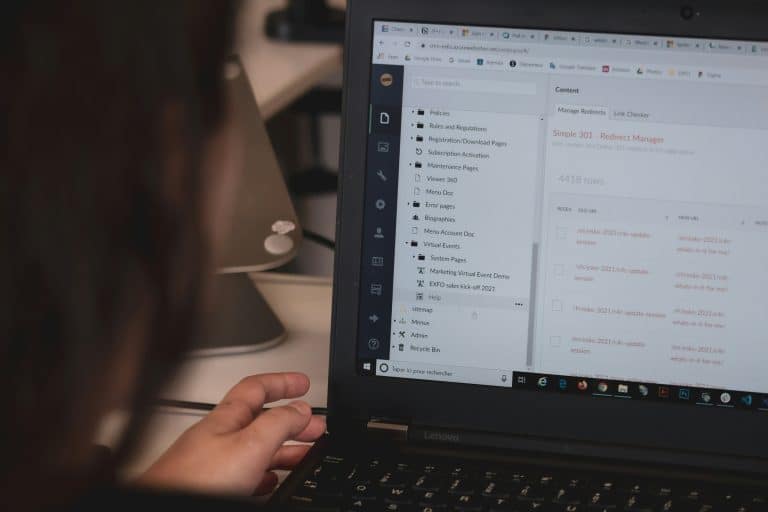Caffeine has fueled students’ academic careers for decades, but these days, the endless cycle of trendy energy drinks and the influx of flavored coffees and teas that appeal to young tastes have made the stimulant seemingly impossible to avoid. Though today’s teens are consuming less soda compared to ten years ago, caffeine intake as a whole has remained steady thanks to such trends. To complicate matters, studies show that many parents are unable to identify both how much caffeine is considered healthy for their teens and how much they’re actually consuming.
Caffeine is a stimulant, meaning it induces alertness in the drinker by exciting the body’s central nervous system. This makes it especially attractive to teens facing stressful demands from school, extracurricular activities, family life, and social commitments. Beyond a simple energy boost, moreover, many find caffeine improves their mood and helps them remain focused.
For all its positive effects, however, caffeine’s negative effects include trouble sleeping, anxiety, gut discomfort, tachycardia, and more. Also cause for concern, the same impact caffeine has on the brain’s dopamine levels is echoed in other kinds of substance dependencies. While overdosing on caffeine may not often be as life-threatening as doing so on other drugs, caffeine toxicity can be fatal and must be taken seriously.
As argued above, the root of caffeine overconsumption among teenagers is twofold: a lack of public awareness regarding how much caffeine can be found in common sources and a widespread misunderstanding concerning the amount of caffeine young people should be consuming. To address the first, here is a list of common sources of caffeine and how much stimulant can be found in each:
- Peach Snapple: 42mg (16 ounces)
- Monster Energy Drink: 160mg (16 ounces)
- Starbucks Frappuccino: 115mg (9.5 ounces)
- Mountain Dew: 55mg (12 ounces)
- Instant coffee: 31mg (1 tsp)
- Brewed coffee: 95-200mg (8 ounces)
- Iced tea: 70mg (12 ounces)
On the second point, the US Food and Drug Administration (FDA) recommends that healthy adults limit their caffeine intake to 400 milligrams per day. However, that number plummets for adolescents between the ages of 12 and 18: 100 milligrams. For teenagers consuming multiple sources of caffeine per day, therefore, the probability is high that they are ingesting twice—even three times—the recommended limit.
Parents should keep a close eye on their children’s caffeine habits, with the aim of preventing dependency before a cure becomes necessary. Setting a strong example is a great place to start: consider adopting healthy sleep habits, limiting caffeine products on grocery runs, and communicating transparently with your children about their mental health (though veering too close to lecturing territory may trigger the opposite of the intended consequences).
For students already struggling with caffeine overconsumption, consider encouraging them to substitute at least one source of their caffeine intake per day with a similar, caffeine-free, or reduced product, such as decaf coffee. Tracking daily caffeine intake through a journal or online app can also prove an enlightening exercise for students and parents alike.
Does your student struggle with caffeine use? They might be overwhelmed with their daily responsibilities. At The Enrichery, we support our students through the next stages of their academic and personal lives. Both our Test Prep programs and our Academic Coaching sessions incorporate tried and true Executive Function-centered teaching methods to help your child tackle the challenges of “adulting.” Students of all ages and levels throughout the year are encouraged to seek the support they require to ease their transition to adulthood. For more information, submit a request to contact us at https://theenrichery.com/contact-us-submission/!





